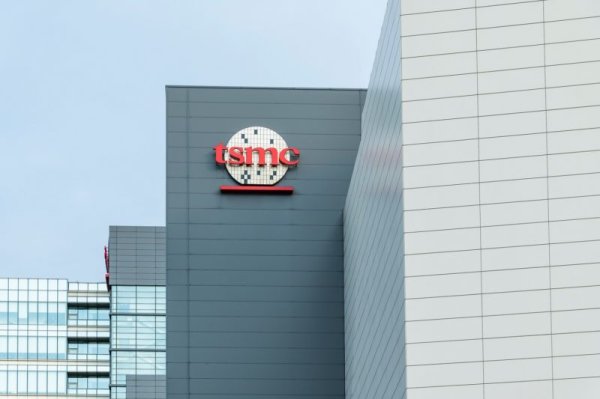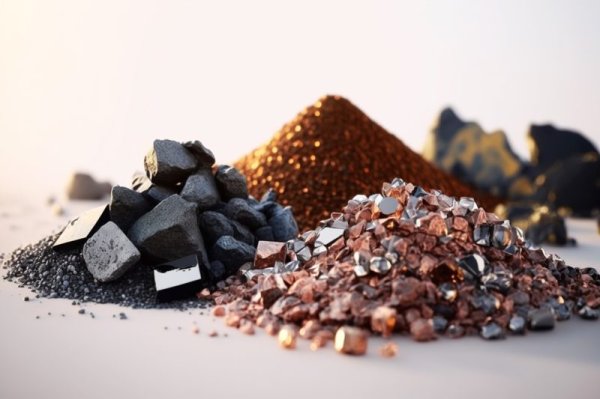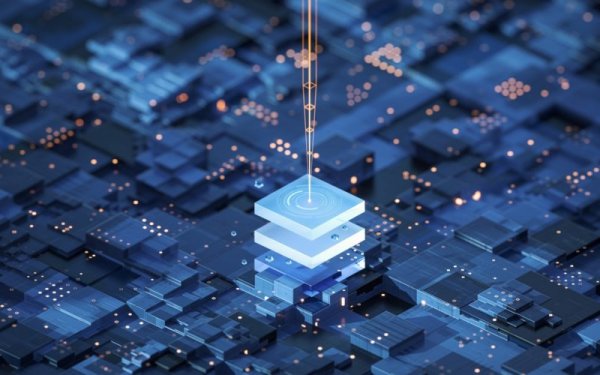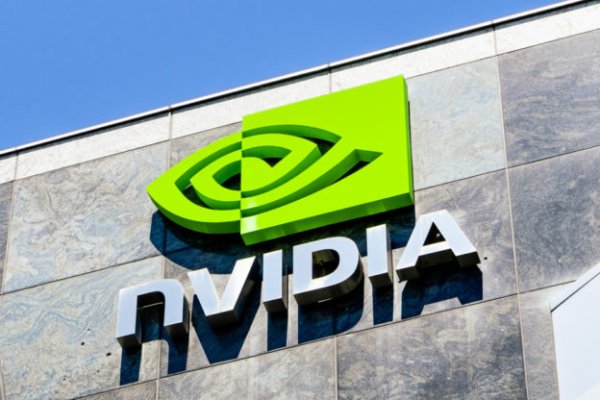Show card memory free upgrade? It s a romantic that players only understood in the 1990s
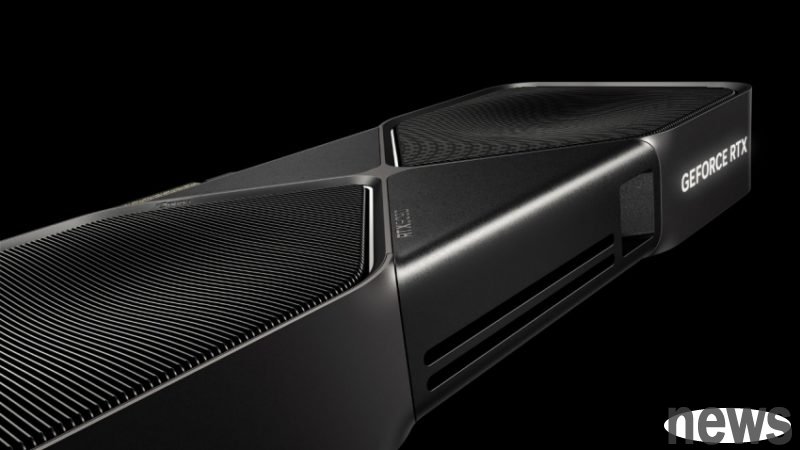
Now in the display card market, VRAM (Video Random Access Memory) has become a key indicator for game and creative experience. However, the VRAM capacity of modern GPUs cannot be expanded, and if users encounter a capacity bottle, they can only change the entire card.
Classic of the 1990s: Free upgrade that players dream ofAs early as the 1990s, the display card market had a "VRAM-enhanced" design. Taking the 1998 ATI 3D Rage Pro as an example, 4MB of SGRAM is pre-loaded and a set of slots are reserved, allowing users to additionally install a 4MB memory module to achieve 8MB total capacity. This upgrade method is as straightforward as the upgraded RAM that year, and has also become a classic design that many players think of.
Modern demand has risen, and memory upgrades have become impossibleIn recent years, 3A game masterpieces such as "The Legend of the Condor Heroes 2077", "Starry Sky" and "The Inheritance of Hogwaz", not only have exquisite pictures and intensive special effects, but also have a significant increase in the demand for VRAM. Taking 2K medium ray tracing as an example, 12GB VRAM is almost the basic door; if you want to fully open special effects in 4K, 16GB to 24GB is a common specification. If the flexibility of the memory that can manually upgrade manually in the past will undoubtedly greatly improve user friendliness.
Why can't I turn back? Double limitations in technology and businessModern display cards use high-speed memory systems such as GDDR6 and GDDR7, and are paired with seriously designed signal paths, power supply modules and memory controllers to maintain a frequency width of hundreds of GB/s. The modular design will lengthen the signal path, increase impedance and delay, seriously affecting performance and stability. In addition, modularization may also reduce the display cancellation conversion rate, affecting the sales and profits of manufacturers, and thus gradually disappearing in the market.
Looking back at Rage Pro, what have we missed?AI, 4K gaming and creative applications are driving up, and VRAM demand continues to rise. However, with the increase in GPU prices, tax ties and exchange rate push, high-level display cards are almost difficult to bear for most players. Many users choose to delay card replacement, and even turn to CD upgrades.
The closed design certainly has technical and commercial logic, but it also gradually reduces the player's selection space. The Rage Pro, which once had the memory, seemed to remind us that while pursuing effectiveness, we should not forget the value of openness and flexibility.
What If GPUs Had Expandable Memory? Revisiting the Lost Era of Upgradable VRAM and Why Modern Graphics Cards Abandoned It


